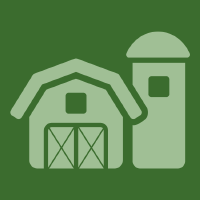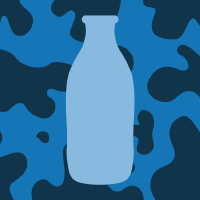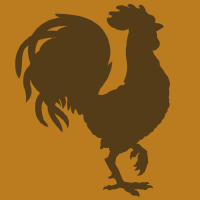Topic Editors



Precision Feeding and Management of Farm Animals, 3rd Edition
Topic Information
Dear Colleagues,
The increase in demand for animal products, due to recent demographic and dietary changes, as well as societal concerns related to the environment (climate change), reduction of greenhouse gases (GHGe), human health (non-use of antibiotics and synthetic growth promoters), and animal welfare (increase in organic production systems) has led to the development of precision livestock farming (PLF) technologies. These provide farmers with a platform for real-time monitoring and management of performance parameters, animal health and welfare, grazing patterns, and animal feeding in a continuous and automated way, presenting the opportunity to improve productivity, evaluate production parameters, and, thus, develop genetic selection strategies and/or detect health problems at an early stage.
The aim of this Topic is to address the above issues by exploring the potential of PLF and to discuss the possible benefits and risks arising from the use of such technologies.
Prof. Dr. Manuel Gonzalez-Ronquillo
Prof. Dr. Marta I. Miranda Castañón
Prof. Dr. Einar Vargas-Bello-Pérez
Topic Editors
Keywords
- precision livestock farming
- animal welfare
- bolus
- satellite image
- sensor
- sound based
- radio frequency identification
- modelling
- sustainable agriculture
Participating Journals
| Journal Name | Impact Factor | CiteScore | Launched Year | First Decision (median) | APC | |
|---|---|---|---|---|---|---|

Agriculture
|
3.6 | 6.3 | 2011 | 18 Days | CHF 2600 | Submit |

Dairy
|
3.1 | 4.9 | 2020 | 23.4 Days | CHF 1200 | Submit |

Poultry
|
2.1 | 2.8 | 2022 | 34 Days | CHF 1200 | Submit |

Veterinary Sciences
|
2.3 | 3.5 | 2014 | 21.1 Days | CHF 2100 | Submit |

Animals
|
2.7 | 5.2 | 2011 | 17.7 Days | CHF 2400 | Submit |

Preprints.org is a multidisciplinary platform offering a preprint service designed to facilitate the early sharing of your research. It supports and empowers your research journey from the very beginning.
MDPI Topics is collaborating with Preprints.org and has established a direct connection between MDPI journals and the platform. Authors are encouraged to take advantage of this opportunity by posting their preprints at Preprints.org prior to publication:
- Share your research immediately: disseminate your ideas prior to publication and establish priority for your work.
- Safeguard your intellectual contribution: Protect your ideas with a time-stamped preprint that serves as proof of your research timeline.
- Boost visibility and impact: Increase the reach and influence of your research by making it accessible to a global audience.
- Gain early feedback: Receive valuable input and insights from peers before submitting to a journal.
- Ensure broad indexing: Web of Science (Preprint Citation Index), Google Scholar, Crossref, SHARE, PrePubMed, Scilit and Europe PMC.
Related Topics
- Precision Feeding and Management of Farm Animals (17 articles)
- Precision Feeding and Management of Farm Animals, 2nd Edition (9 articles)

